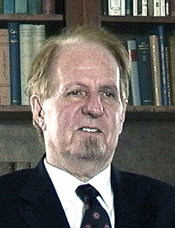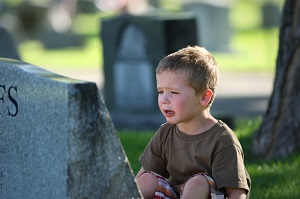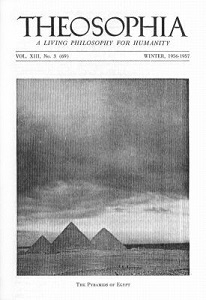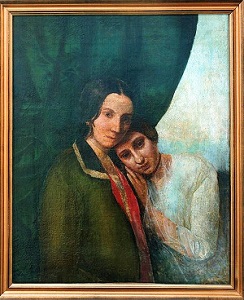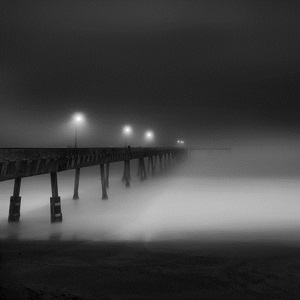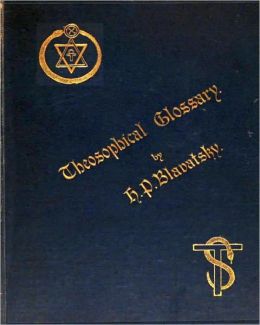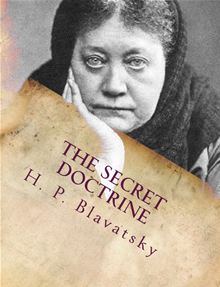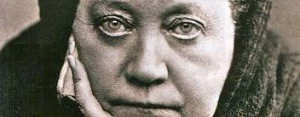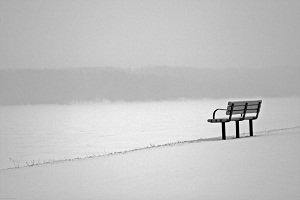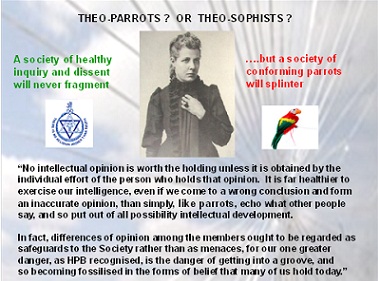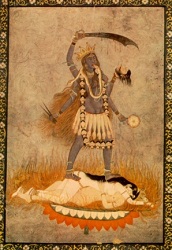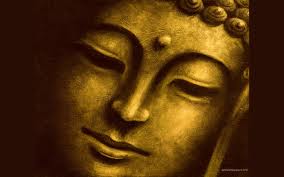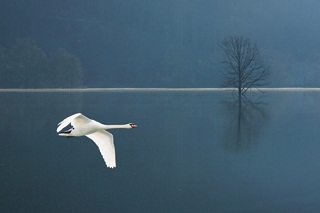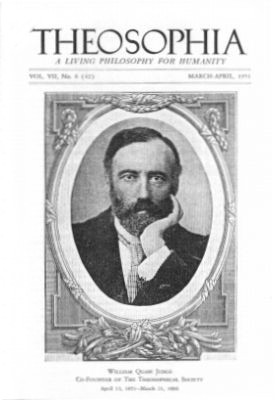The Voice of the Silence 9 (Verses 101-122)
John Algeo – USA
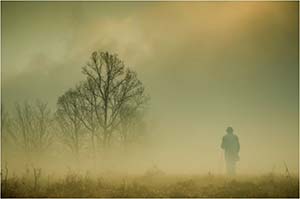
Silence
Fragment II of The Voice of the Silence is entitled “The Two Paths,” and that title identifies its dominant metaphor: a road that branches into two paths, between which a choice must be made. Neither path is wrong; and ultimately both lead to the same place, but they pass through different landscapes on the way. However, the choice between the two paths is not an inconsequential one, and the Fragment is clearly urging us to choose a particular one of the two.
The importance of choice in our lives cannot be overstressed. The doctrine of karma tells us that every action has an inevitable consequence. But karma does not determine what action we will take. When faced with the need to act, we, like Arjuna in the Gita, must choose what we will do. And our choice determines what follows; it also determines our own natures, for by choosing, we create or discover ourselves. In a fantasy story that is very popular around the world, a wizard guru tells a young boy who is in the process of discovering who and what he is, “It is our choices, Harry, that show what we truly are, far more than our abilities” (Harry Potter and the Chamber of Secrets, p. 245). That statement is neither fiction nor fantasy but plain and sober truth. It is what Fragment II is about.
A. Verses [101-111].
One of the great teachers said, “Ask, and it shall be given you; seek, and ye shall find; knock, and it shall be opened unto you” (Matt. 7.7). So the candidates ask the teacher for instruction about how to proceed, just as Arjuna asks Krishna in the Gita, and the teacher tells them about the two paths:



